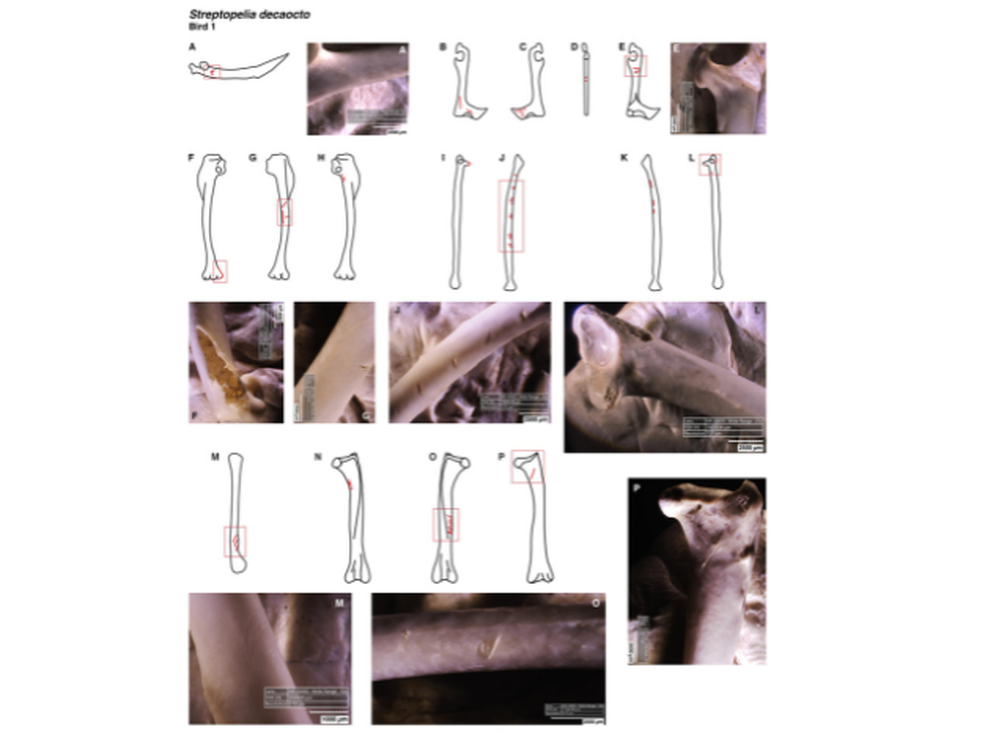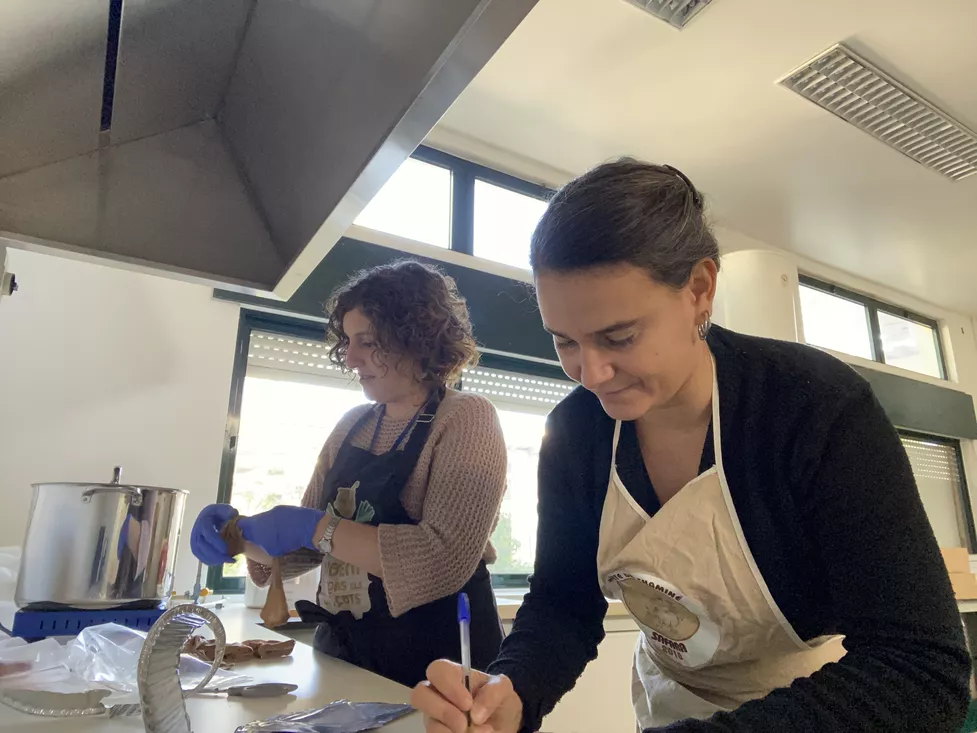Cook like a Neanderthal: scientists try to replicate ancient butchering methods to learn how Neanderthals ate birds
A pilot study indicates that fire-roasted birds are easier to process, but only birds butchered raw show cutmarks — evidence that we can use to understand Neanderthal diets
Cooking can make some foods easier to eat and increase their nutritional benefits: this makes it key evidence of complex behavior in hominins like Neanderthals. But it’s difficult to identify in the archaeological record. To understand how Neanderthals might have cooked birds and what archaeological remains we might find if they did, scientists collected wild birds that died of natural causes and experimented with different preparation methods. They found that it was easier to get meat from cooked birds, but the leftover bones were so fragile they might not survive in the archaeological record.
It's hard to know what Neanderthals ate: food preparation, especially when it comes to smaller items like birds, can leave few archaeological traces. But understanding their diets is critical to understanding these incredibly adaptable hominins, who thrived for hundreds of thousands of years in wildly varied environments. To learn what food preparation could look like in the archaeological record, scientists tried cooking like Neanderthals.
“Using a flint flake for butchering required significant precision and effort, which we had not fully valued before this experiment,” said Dr Mariana Nabais of the Institut Català de Paleoecologia Humana i Evolució Social in Spain, lead author of the article in Frontiers in Environmental Archaeology. “The flakes were sharper than we initially thought, requiring careful handling to make precise cuts without injuring our own fingers. These hands-on experiments emphasized the practical challenges involved in Neanderthal food processing and cooking, providing a tangible connection to their daily life and survival strategies.”
You are what you eat
Although the big game hunting practiced by Neanderthals is well known, we know less about the birds that some Neanderthals hunted. But recent discoveries and new techniques allow us to investigate this more deeply. By testing food preparation methods that Neanderthals could have used, to see what traces these might leave on bones and how those traces compare to damage caused by natural processes or the actions of other animals, the scientists created an experimental database that can be compared to real archaeological sites.
The scientists collected five wild birds that had died of natural causes from the Wildlife Ecology, Rehabilitation and Surveillance Centre (CERVAS) in Gouveia, Portugal. They chose two carrion crows, two collared doves, and a wood pigeon, which are similar to species that Neanderthals ate, and selected cooking methods using archaeological evidence and ethnographic data.
All the birds were defeathered by hand. A carrion crow and a collared dove were then butchered raw, using a flint flake. The remaining three were roasted over hot coals until cooked, then butchered, which the scientists found much easier than butchering the raw birds.
“Roasting the birds over the coals required maintaining a consistent temperature and carefully monitoring the cooking duration to avoid overcooking the meat,” said Nabais. “Maybe because we defeathered the birds before cooking, the roasting process was much quicker than we anticipated. In fact, we spent more time preparing the coals than on the actual cooking, which took less than ten minutes.”
Putting flesh on prehistoric bones
The scientists cleaned and dried the bones, then examined them microscopically for cutmarks, breaks, and burns. They also examined the flint flake they had used for evidence of wear and tear. Although they had used their hands for most of the butchery, the raw birds required considerable use of the flint flake, which now had small half-moon scars on the edge. While the cuts used to remove meat from the raw birds did not leave traces on the bones, the cuts aimed at tendons left marks similar to those on birds found at archaeological sites.
The bones from the roasted birds were more brittle: some had shattered and couldn’t be recovered. Nearly all of them had brown or black burns consistent with controlled exposure to heat. Black stains inside some bones suggested that the contents of the inner cavity had also burned. This evidence sheds light not just on how Neanderthal food preparation could have worked, but also how visible that preparation might be in the archaeological record. Although roasting makes it easier to access meat, the increased fragility of the bones means the leftovers might not be found by archaeologists.
However, the scientists cautioned that this research should be expanded to gain a fuller understanding of Neanderthal diets. Future studies should include more species of small prey, as well as processing birds for non-food products, like talons or feathers.
“The sample size is relatively small, consisting of only five bird specimens, which may not fully represent the diversity of bird species that Neanderthals might have used,” noted Nabais. “Secondly, the experimental conditions, although carefully controlled, cannot completely replicate the exact environmental and cultural contexts of Neanderthal life. Further research with larger samples, varied species, and more diverse experimental conditions is necessary to expand upon these results.”
Reference
Nabais, M., Rufà, A., Igreja, M. (2024). Experimental replication of early human behaviour in bird preparation: a pilot-study focusing on bone surface modification and breakage patterns. Frontiers in Environmental Archaeology.







